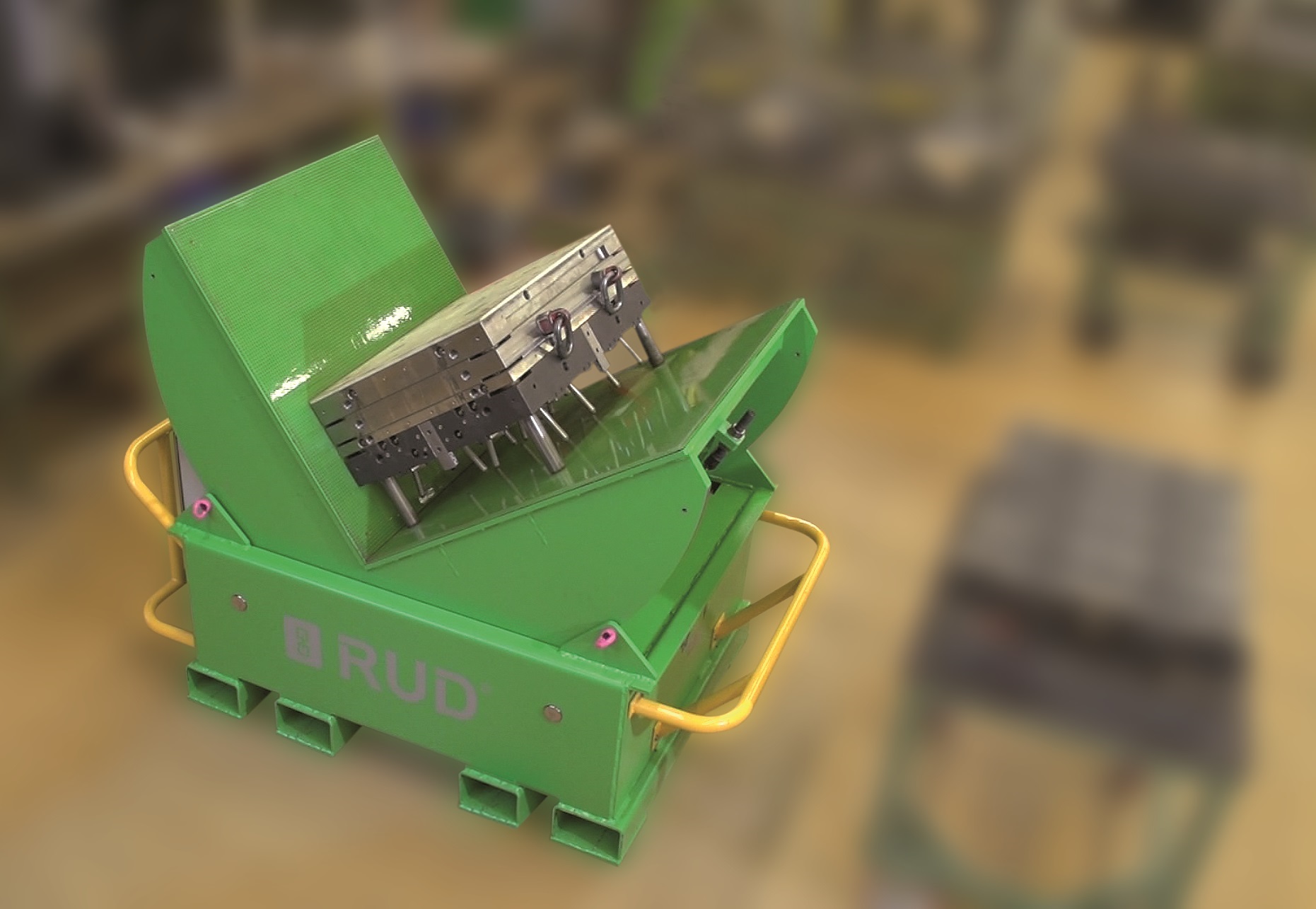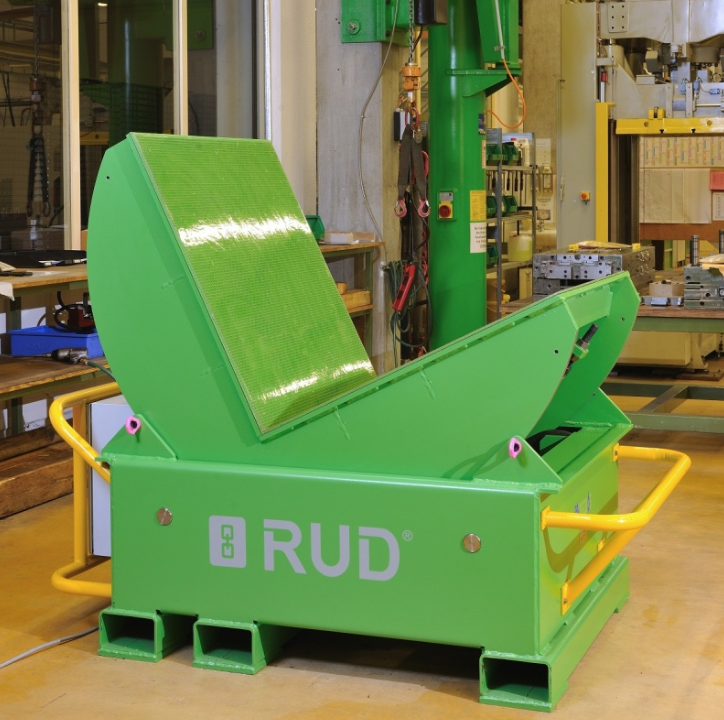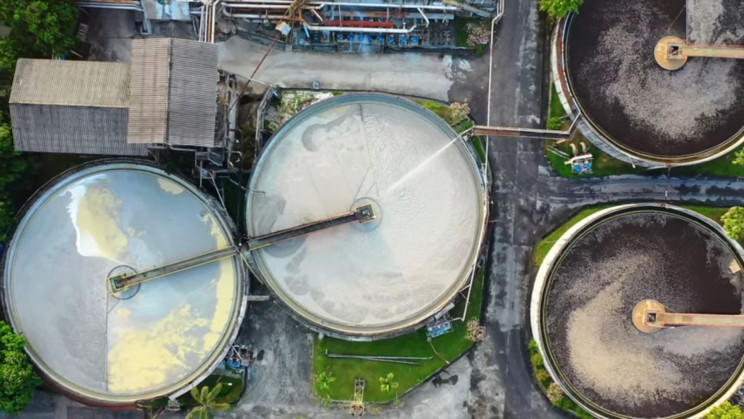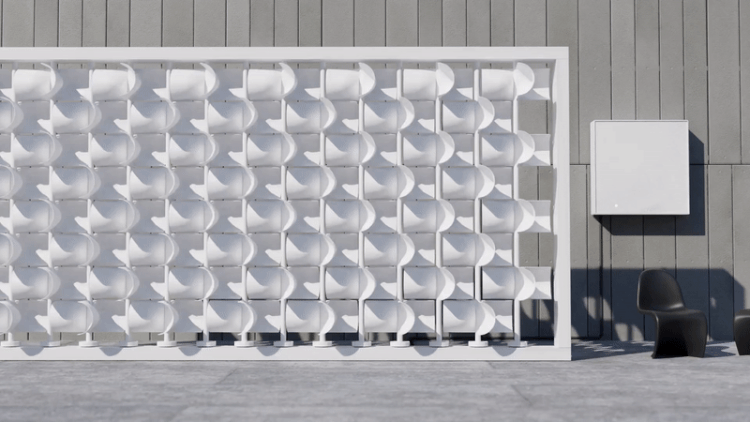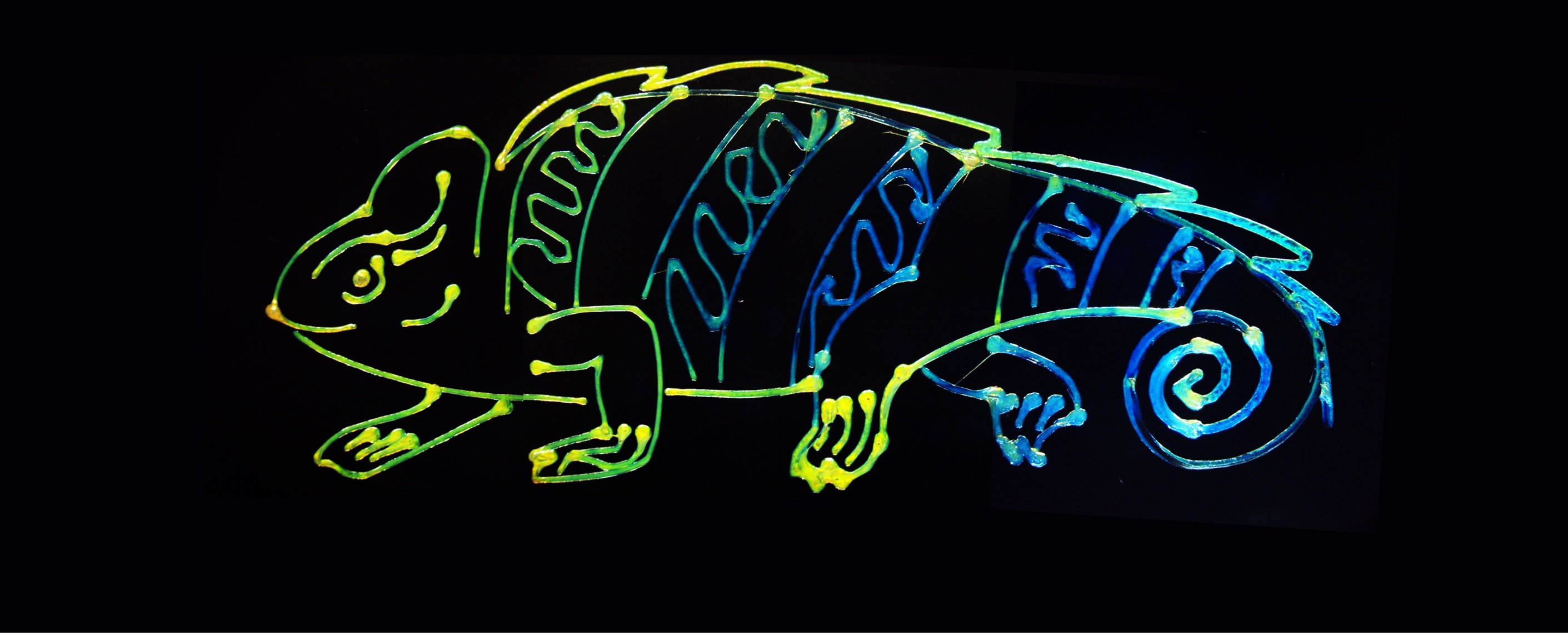Today, we know more about engineering than ever before and have all sorts of incredible technologies at our fingertips.
However, increased efficiency and more advanced equipment don’t necessarily lend to better safety practices.
In fact, there is a minimal amount of information regarding how to properly handle tools, dies, and molds, and a result, more and more safety issues are occurring within the industry.
Standard molding is basically a cube with all types of connections to cool and heat areas of the mold and mold tipping; “inverting” a mold can be very dangerous, if not done the correct way.
For starters, molds are flipped in order to clean them out and perform maintenance because after injection molding halves are forced to open and close to make thousands of parts, it’s inevitable that plastic and other debris builds up.
Without thorough cleaning, molds are extremely liable to produce defective parts, with the formation of bubbles being a common problem that takes place.
To begin the cleaning process, one must first separate the two halves of the mold, which is typically two plates, called platens.
Slowly lift the mold up until it tips, then push it until the plates are wall to wall.
Carrying out this process with extraordinary caution will help prevent anyone from getting injured.
In addition, if not done the right way, the mold can pull your entire crane down and can reduce the life of your crane or even destroy it on the spot.
When you have a 10-ton crane lifting a 10-ton mold, putting loads of force on the crane, bad things can and will happen if the proper safety precautions are not taken into account.
All in all, there are 3 types of ways people clean molds:
- Pneumatic Air Buffers are the most common with around 50 to 60% of the industry utilizing this method.
- Dry Ice Process involves filling up a machine with dry ice then shooting out compressed air at the mold.
- Ultrasonic Cleaning (Bath) is the most effective cleaning method and is essentially a pressure washer that effectively removes all debris.
Keep in mind that how often molds are cleaned depends on many factors, like temperature for example. It is important to keep mold maintenance logs to extend the life of molds, which aren’t cheap to make.
And saying molds aren’t cheap to make is an understatement…
Many times, not cleaning a mold will result in a hole or two and ultimately having to get rid of the mold altogether.
RUD Chain has developed two videos demonstrating how to correctly and safely handle tools, dies, and molds in an attempt to nip this problem in the bud and ultimately rectify the troubles many industrial companies are encountering.
Not only is RUD Chain attempting to curb the trend of dangerous handling of tools, dies, and molds, the company is also making the process much more cost-effective.
For example, a few years ago, if a company needed 100,000 plastic containers, they would have to produce the bowls, sit them on a shelf, and then mold the 100,000 plastic lids.
A tedious process and inefficient process, to say the least.
Now, RUD utilizes a quick mold/quick die change process, where a company only pays for the amount of inventory used. Since the mold can be changed in merely 60 seconds, 10,000 bowls and lids can be molded in a day and sent right out to customers.
The result is just in time mold manufacturing, minimal inventory, and a more economically beneficial molding process overall.
RUD has designed a myriad of products to address and resolve the issue of incorrect mold handling which includes the company’s swivel load rings, Powerpoint collection, Starpoints, and VWBG swivel load rings.The other item that RUD developed as a safe alternative is the Tecdos Tool Mover, also referred to as an upender or inverter.
Request More Information from RUD Chain:

